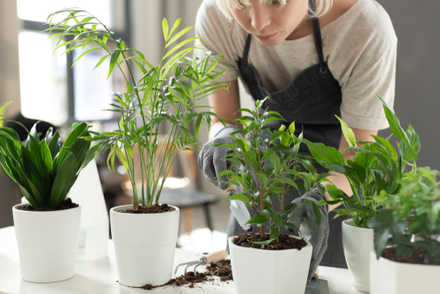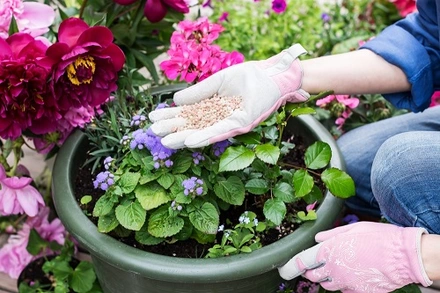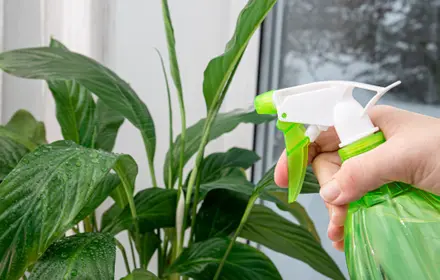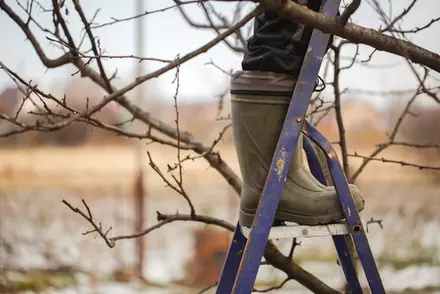A Guide to Nurturing Your Indoor Tropical Plants

Indoor tropical plants can transform your living spaces into vibrant oases, bringing a touch of the exotic indoors. However, cultivating a thriving indoor jungle requires more than just a love for greenery; it demands attentiveness and an understanding of each plant's unique needs, especially when it comes to watering. Let's delve into how you can keep a keen eye on your indoor tropicals, ensuring they receive the attention they need without falling prey to the common pitfall of overwatering.
Understanding your tropical beauties
Tropical plants, by their very nature, are accustomed to the humid, rainforest conditions of their native habitats. When we bring them into our homes, we must strive to replicate these conditions to some extent, particularly regarding humidity and soil moisture. However, the enclosed environments of our homes can lead to stagnant air and less evaporation, making it all too easy to overwater our green friends.
Signs of overwatering
Overwatering is one of the leading causes of indoor plant demise. It's crucial to recognize the signs, which include yellowing leaves, soft and mushy stems or roots, and a general lack of growth or vitality. If you spot these symptoms, it may be time to reassess your watering routine.
The right watering approach
Watering your tropicals correctly is akin to performing a delicate dance—one that requires patience, precision, and a keen eye for detail.
- Feel the Soil
Before watering, always feel the soil. Most tropical plants prefer their soil to be slightly moist but not soggy. If the top inch of soil is dry, it's usually a good indication that your plant is ready for a drink. This simple practice can significantly reduce the risk of overwatering.
- Consider the Container
The type of container your plant calls home can also impact soil moisture levels. Pots with drainage holes allow excess water to escape, which is vital for preventing water from pooling at the bottom and causing root rot. If your tropicals are not in pots with drainage, consider repotting them or at least be extra cautious with your watering frequency.
- Adjust with the Seasons
Your indoor tropicals' water needs will change with the seasons. During the warmer months, when plants are in their active growth phase, they'll likely require more water. Conversely, in the cooler months, their growth slows, and so should your watering frequency. Always adjust your routine in response to your plant's growth patterns and the ambient conditions of your home.
Seeking expert advice
If you're unsure about the specific needs of your tropical plants or if you're looking to expand your indoor garden, visiting your local garden center can be an invaluable step. Not only can you shop a wide variety of indoor tropical plants, but you can also tap into the wealth of knowledge that the experts there offer. They can provide tailored advice on how to care for each plant, including how to water properly to avoid overwatering.
Let your indoor tropicals thrive no matter the season
Caring for indoor tropical plants is a rewarding endeavor that brightens any space. By keeping a keen eye on your green companions and mastering the art of watering, you can ensure they thrive under your care. Remember, when in doubt, it's better to underwater than overwater, and never hesitate to seek out expert advice from your local garden center. With a bit of patience and attention to detail, you'll become a skilled caretaker of your own lush, indoor tropical paradise.



